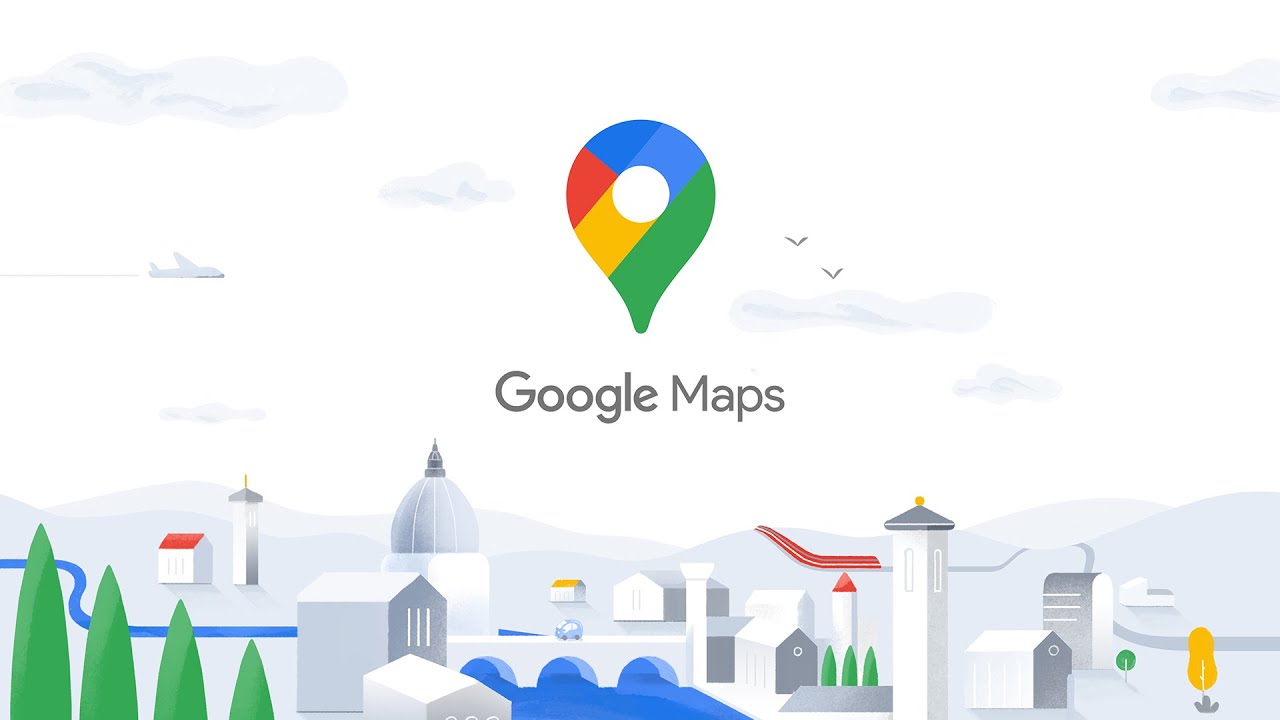You have to go to a new place, you don’t know the route and even you are not familiar with the place. What do you do then? Obviously look for Google Maps and get comfortable with the place. Or for that matter you are going to your workplace and get caught up in a traffic snarl, check your maps and you will get to know for how long will the traffic be on that road. And, even if there is another road where the traffic is comparatively lesser and other such interesting insights, to smoothen your decision making. In this post, we will see How’s Traffic to Work and to Home or for that matter any place you want to reach.
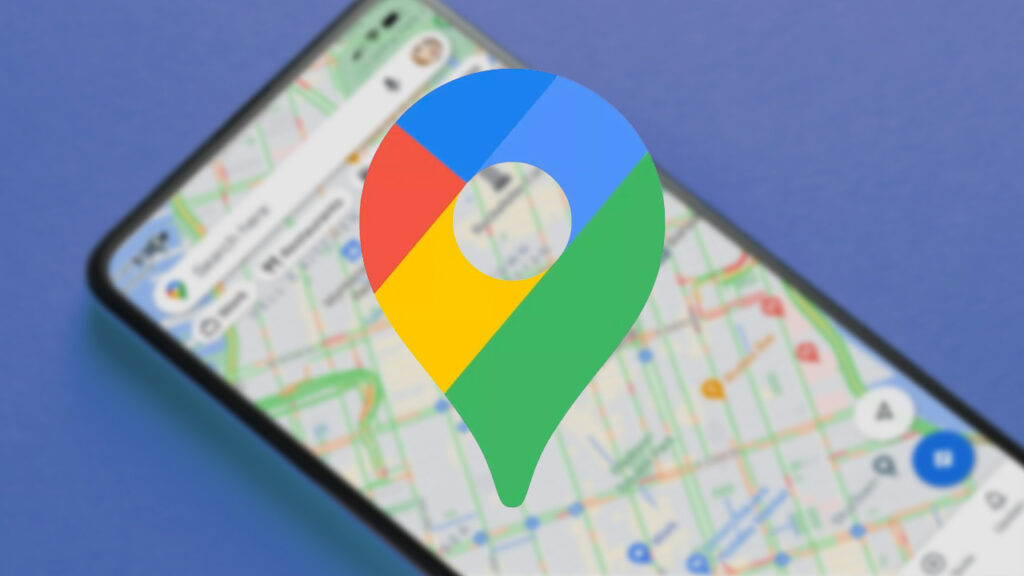
How does the Google Maps Work ?
Google Maps a detailed mapping database covering over 1.5+ billion km in around 221 countries and territories. Therefore, the tech giant has been improving both the information let out and also the methods to use this data. It can also calibrate the traffic you’ll get to meet on the way to your destination. Google has shed some light on the method that permits them to accurately detect the movement of traffic. We are going to thus, further look into this and enhance our knowledge.
When an individual uses Google Maps to navigate they’re shown whether the traffic along their route is heavy or light. Also, an estimated time period , and therefore, the estimated time of arrival (ETA).
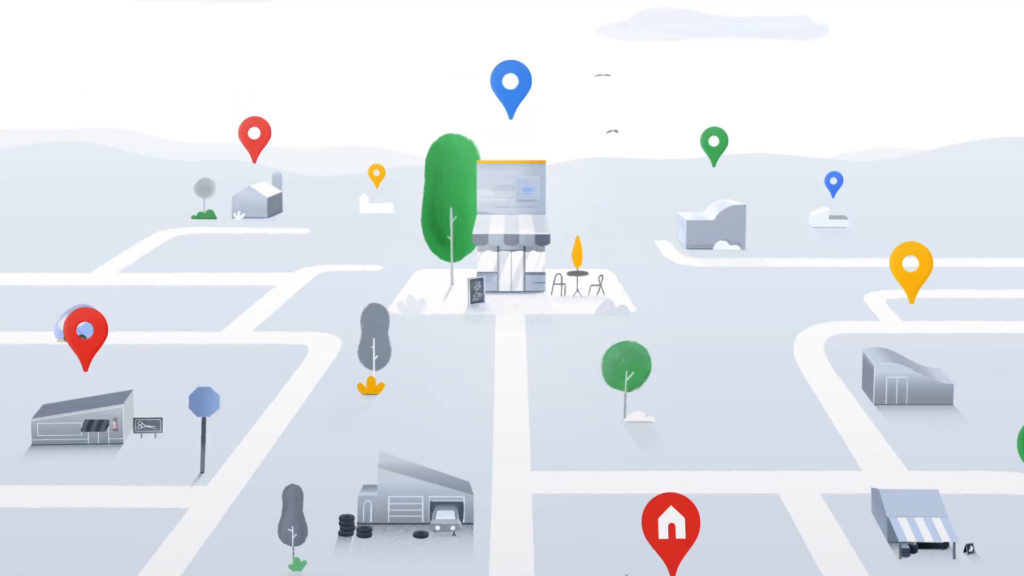
When people navigate with Google Maps, aggregate location data are often wont to understand traffic conditions on the roads for any place in this world. But while this information helps find current traffic estimates. It helps find whether or not a holdup will affect your drive right now. But, it doesn’t account for what traffic will appear as if 10, 20, or maybe 50 minutes into your journey.
To predict what traffic will appear as if within the near future, Google Maps analyzes historical traffic patterns for roads over time. The software then combines this database of historical traffic patterns with live traffic conditions. All this using machine learning to get predictions based on this knowledge.
Effect of Covid-19 — How’s traffic to Work
Since the beginning of the Covid-19 pandemic, traffic patterns around the globe have shifted dramatically. Google claims they saw up to a 50% decrease in worldwide traffic when lockdowns started in early 2020. Since then, parts of the planet have reopened gradually, while others maintain restrictions. To account for this sudden change, Google Maps recently updated their models to by itself, i.e. automatically prioritize historical traffic patterns from the last two to four weeks. And, de-prioritize patterns from any time before that.
Now, lets see how to use the Google Maps.
How’s Traffic to Work
You can get a glance at what the traffic seems like to home or to work at any time using the Google app on your phone. Lets see how.
On Smartphone
- Open the “Google” app.
- Select the “Menu” Button icon located at the lower-right corner.
- Scroll right down to the “Commute” section, then select the “View all settings” option.
- Scroll down and tap the house icon, then type the address to your home. Press “OK” when you’re done.
- Tap the Briefcase icon, then type the address to your work. Press “OK” when you’re done.
- Open the “Google Maps” app, and look for “Home” or “Work.
- Select the navigation arrow to travel into navigation mode.
- Enter a start line (Home or Work).
- While navigation, select the icon at the upper-right corner, then choose “Traffic“.
- Now areas of the road will have a color to point the traffic level on them.
- Green = Light traffic.
- Orange = Moderate traffic.
- Red = Congested.
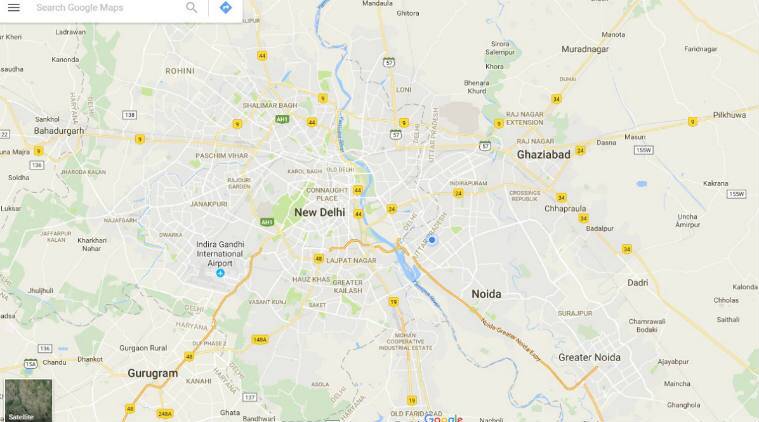
While on Desktop
- Open Google Maps.
- In the “Search Google Maps” field, type “Work“.
- If you haven’t set your work location before, you’ll be prompt to enter your work address.
- In the “Search Google Maps” field, type “Home“.
- If you haven’t set your home location before, you’ll be prompt to enter your work address.
- To see traffic on any map, select “Menu” > “Traffic“.
- Google Traffic Option
- Areas of the road will have a color to point the traffic level on them.
- Green = Light traffic.
- Orange = Moderate traffic.
- Red = Congested.
Check out for this link which gives you the AI experience of IoT in Automobile Industry
Checking Future Traffic Data
This feature is right for planning a visit you recognize you will leave for at a particular time. If you’re not getting to leave for a touch while, you’ll specify a time period and Google Maps will do its best to forecast what the traffic are going to be like. This is often a prediction so it won’t be exactly right but does seem to be fairly accurate.
On Smartphone
- Set a start point and destination within the Google Maps app.
- Select the three-dot menu icon at the highest and choose Set Depart & time of arrival .
- Set some time and permit the map to update.
This feature is additionally available on iOS but you decide on ‘Set Reminder to Leave’ instead for the prediction.
While on Desktop
- Set a start point and destination in Google Maps
- Select Leave Now within the blue a part of the left menu and choose Depart at to line a leave time or Arrive by to line a desired time of arrival .
- Allow the map to update.
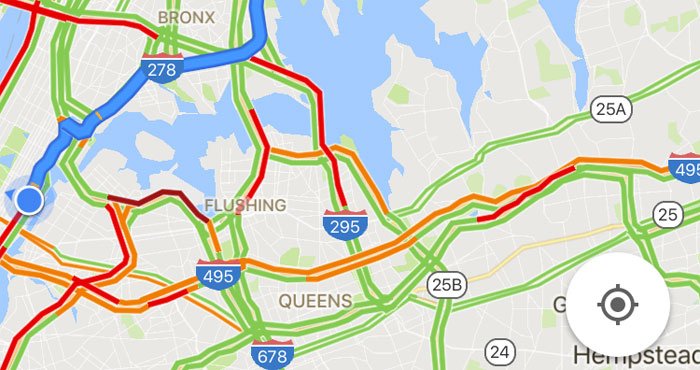
CLOSING REMARKS
Just remember, Google Maps is predicting traffic from past behavior and can’t predict accidents, road closures, or the standard unforeseen things we see on our commute. Allow the map to update itself during your journey so you get an alert message in case there are any changes in your route. You’ll then get the app to require a detour or work around any serious delays.
